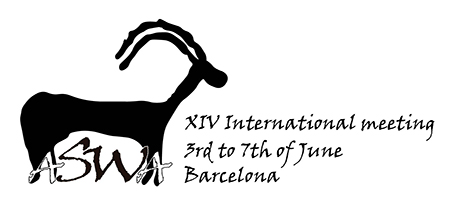During 2010 survey in the Tavush region (the North-East Armenia) organized within the framework of the “Mission Caucasus”, an Armenian-French joint project[1], two adjacent caves (Getahovit-1 and 2) were detected in the Aghstev River valley, both located on the same terrace of the Khachaghbyur River (the left tributary of Aghstev). Valley of the Kura River and its tributaries played an important role since the Neolithic to the native people living there, and were among the densely occupied areas in the system of the Lesser Caucasus. Besides serving as summer pastures, those landscape features could also serve as a refuge at different time periods, because of the Cretaceous limestone formations of the local relief, containing lots of karstic caves. Getahovit-2 cave was chosen for further investigations, because of having good deposition indicating prehistoric occupations.
The archaeological investigation of the cave started in 2011 and as a result medieval period (11-13th cent. AD) layers were discovered first introducing several horizons.
In 2014 the excavations of a stratigraphical trench were carried out at the western side of the cave in order to detect all the possible occupation stages. In addition, a new data on Neolithic (6-5 mill. BC) and Upper Paleolithic (22020-21685 cal BC) has been recorded.
During excavation, four species of terrestrial mollusks from three families were found.
Parallel to this layer, to the north, UF 17 was located, which was represented by decomposed bedrock sediment. It had reddish color in some parts because of the iron oxide accumulations. St. 72 was discovered in this part with a large colony of mollusk species Napaeopsis hohenackeri (L.Pfeiffer,1848) (nearly 2 kg).
- Poster

 PDF version
PDF version

